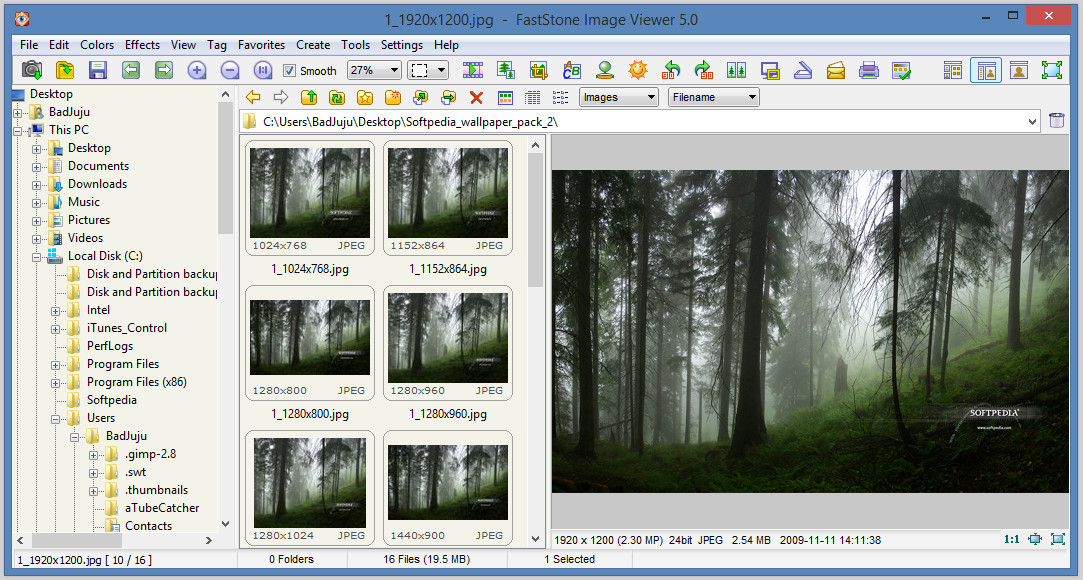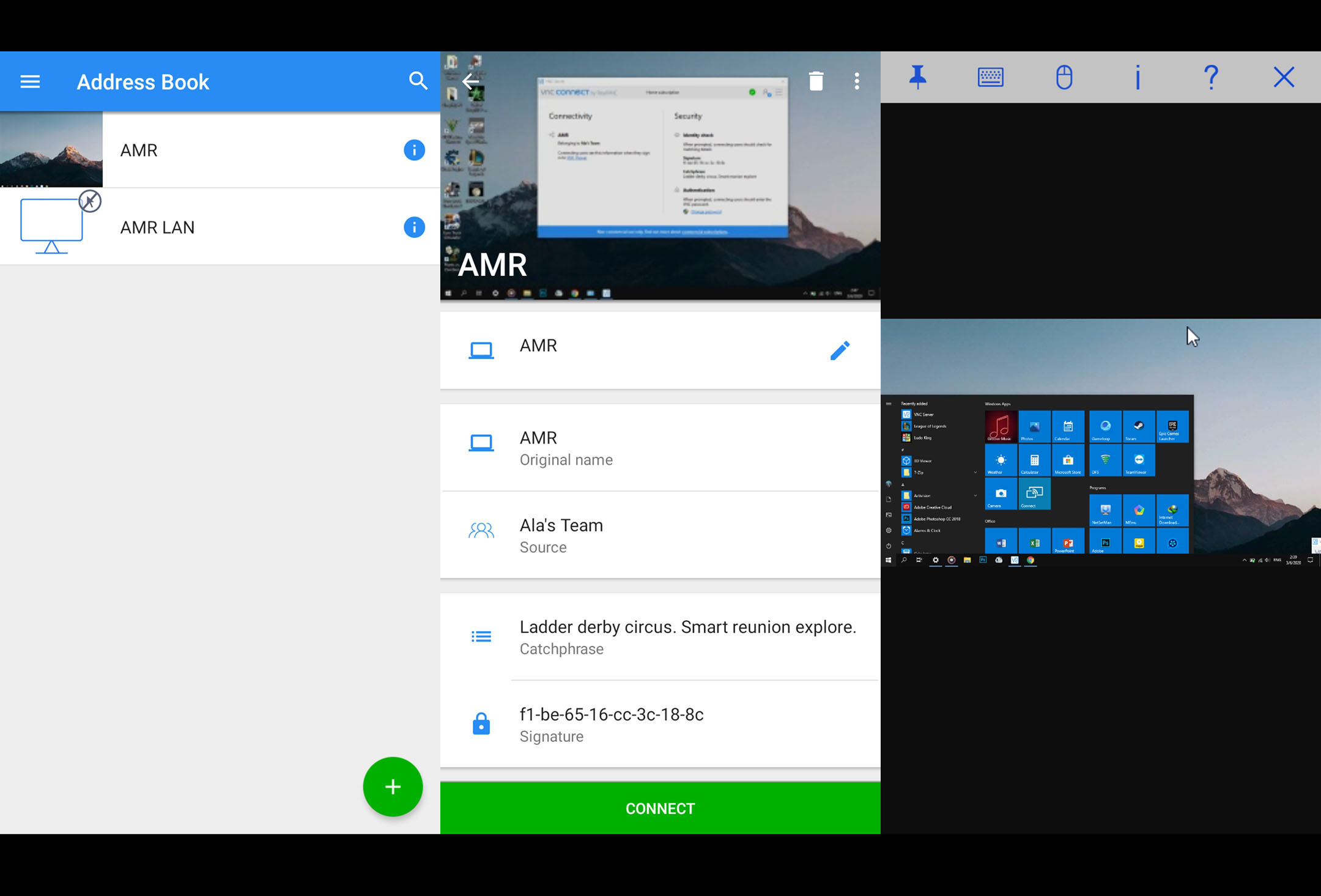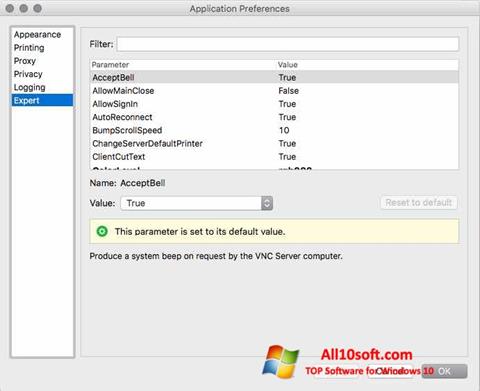

On most compressions which can be performed in real-time by todays CPUs such a stream would take > 8Mbps of bandwidth. In this case VNC will have to re-encode ~30 full-screen images per second and send it via network. Of course all this does not help if you're playing a video on your host machine.
#Vnc viewer windows 10 drivers
Some more advanced implementations work with special display drivers (check UltraVNC) which are more efficient here but require special drivers to be installed. Some VNC implementations do "dumb" screenshots and compare them to the previous screenshot to detect changes. Try using uni-colored background setting instead of HD pictures.Īnother issue for VNC is that it has to detect the changes on your screen. Microsoft RDP and some VNC implementations). Most remote control tools even allow to disable such effects automatically on connect (e.g. So disabling Aero transparency and desktop effects really speed up remote control experience. Uni-colored/"flat" areas are much more efficient to compress than vibrant colors and fancy details. Transparent Windows as used by Vista/Win7 reduce the "compressability" of images.

This touches another aspect of remote control. Some of them are optimized for small bandwidth, some for good image quality and some for low latency. Most VNC servers/clients support multiple compression algorithms.To improve your VNC remote-control speed you can do the following: Not even speaking about having to re-encode the Full-HD images on screen again before sending them to the VNC client. Some older Dual-Core machines are even at the limit when decoding Full-HD video content. However for full-screen video transfer it does not help a lot since the whole screen has to be re-transferred too often.Īs written above current machines will probably be unable to rel-time encode your screen content in Full-HD and stream it to a remote-control application since your host will have to decode the video content and then re-encode the raw images before sending them to the network.


This usually saves A LOT of bandwith and processing power. First of all they try to detect the screen changes and transfer the (compressed) image of the changes only. Well, there are a couple of "tricks" which are applied by video codecs and remote control and screen-sharing utilities.
#Vnc viewer windows 10 movie
For example encoding a 90 minutes movie in H.264 in high quality often takes more than 4 hours compression time on my Athlon X2 4450e server. Strong compression needs a lot of CPU power.If you use VNC then your host computer has to take screen snapshots and compress them before sending them on to the network. In video streaming you typically transfer a pre-compressed video stream via the network. VNC is not comparable to video streaming.


 0 kommentar(er)
0 kommentar(er)
